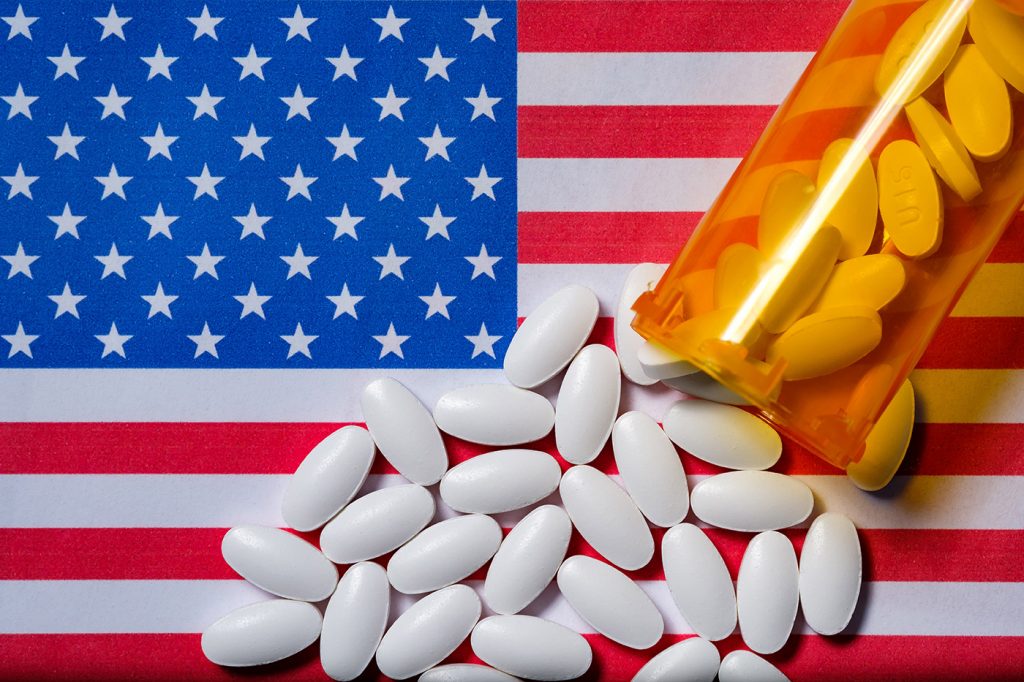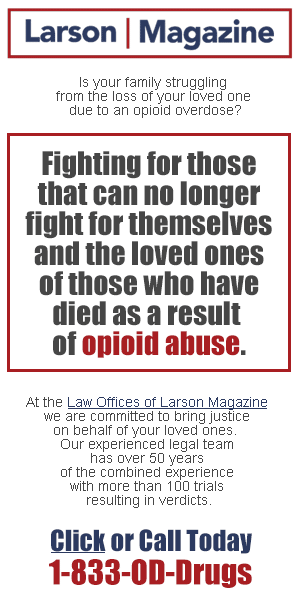Opioids are drugs prescribed for mild to severe pain relief and act on the nervous system. This group of drugs has created quite a stir due to the long-term use by millions of people across the nation resulting in misuse and dependence. This crisis has the potential of disrupting the entire economy of the nation, calling for the President’s attention since early 2000. The recent legal developments reflect the gravity of the situation, the urgency to bring it under control, and the need for strict actions to be taken against those responsible, to prevent further damage.
The medical, recreational, and religious use of the opium poppy makes opioids among the world’s oldest known drugs. Opioids include synthetic opioids such as fentanyl, the illegal drug heroin, and pain relievers available legally by prescription, such as oxycodone (OxyContin), hydrocodone (Vicodin), codeine, morphine, and many others. It is the continuous use of opioids that has led to patients developing tolerance and dependence, further requiring increasing doses and showing withdrawal syndrome upon abrupt discontinuation. The illicit recreational use was linked later to over-prescription of the opioid medications and the inexpensive availability of other illicit drugs. The users included patients, as well as addicts using the drugs for pleasure or escape without a doctor’s prescription.
Statistics talk
Statistics put forth by the National Center for Health Statistics, CDC Wonder, show a 5.9-fold increase in the total number of heroin and non-methadone synthetic deaths from 2002 to 2015; in 2016, opioid overdose resulted in the death of 1.7 in 10,000 people, with a figure showing more than 64,000 drug overdose deaths. The report also reveals synthetic opioids like fentanyl overtook both heroin and prescription painkillers in terms of overdose deaths.
Traditional opioid painkillers, such as OxyContin and Percocet, were involved in about 14,400 overdose deaths in 2016, and heroin was involved in more than 15,400. Fentanyl and other non-methadone synthetic opioids were linked to more than 20,100 overdose deaths; cocaine and other drug overdose-related deaths were also reported. This proves beyond doubt that the opioid epidemic is the deadliest overdose crisis faced ever by America.
Other types of opioid overdoses, excluding painkillers, also declined due to the fact that the prescription-based drugs were difficult to obtain, so many people who lost access to the painkillers and were still addicted turned to the cheaper, more potent opioids like heroin and fentanyl.
Moving in the Right Direction
In response to control the opioid crisis, the National Prescription Opiate Litigation, MDL- No. 2804, was formally approved by the United States Judicial Panel on Multidistrict Litigation, JPML, on December 5, 2017. Judge Daniel Polster is appointed to oversee the litigation against opioid manufacturers and distributors in the Northern District of Ohio. The defendant manufacturers and distributors named in this mass tort are Endo Pharmaceuticals, Janssen Pharmaceuticals, Teva Pharmaceuticals’ Cephalon, Allergan and their related entities, Purdue Pharma, and many more. Plaintiffs include numerous cities, counties, and states. Allegations include that the pharmaceutical industry deceptively marketed highly addictive prescription painkillers, thereby contributing to a growing epidemic that claims thousands of American lives each year; the manufacturers of prescription opioid medications overstated the benefits and downplayed the risks of the use of their opioids and aggressively marketed either directly or through key opinion leaders these drugs to physicians; and the distributors failed to monitor, detect, investigate, refuse, and report suspicious orders of prescription opiates.
Regulatory Affairs
After receiving reports of Opioid abuse, the FDA took immediate actions to control the misuse in the form of issuing of warning letters, class-wide label changes, arranging workshops, designing awareness programs, and joint meetings. An initiative is also taken by the regulatory body to produce opioids that are abuse deterrent and target the known or expected routes of abuse, such as crushing in order to snort or dissolving in order to inject for the specific opioid drug substance.
In-taking Stage- A Crucial Step
During the ‘intaking stage,’ when lawyers speak to their clients to decide whether to give the case a go ahead, questions are asked to validate the authenticity of the claim; these questions give an indication of the serious alleged injuries, which for an Opioid-related injury include tolerance and dependence with the continued use, Neonatal Opioid Withdrawal Syndrome (NOWS), addiction and overdose details, and death (if claimed by a related member). One also has to confirm with the clients, the need for sourcing all records necessary to collect the evidence that will indicate usage in medical and pharmacy records, the duration of usage, and copies of recorded complications and the treatment thereafter.
This article was submitted by Neural IT. Neural IT provides cost-effective and timely medical reviews for personal injury, medical malpractice, and mass tort cases. For more information, please visit www.neuralit.com. Email us at info@neuralit.com or call +1-844-NIT-TEAM (648-8326).
Disclaimer: The content provided on this website is provided for general information. It is not intended as, nor should it be considered as a reference for any medical or legal advice. Information provided should be used at your own risk based on your judgment. You assume full responsibility and liability for your own actions.



Leave a Reply